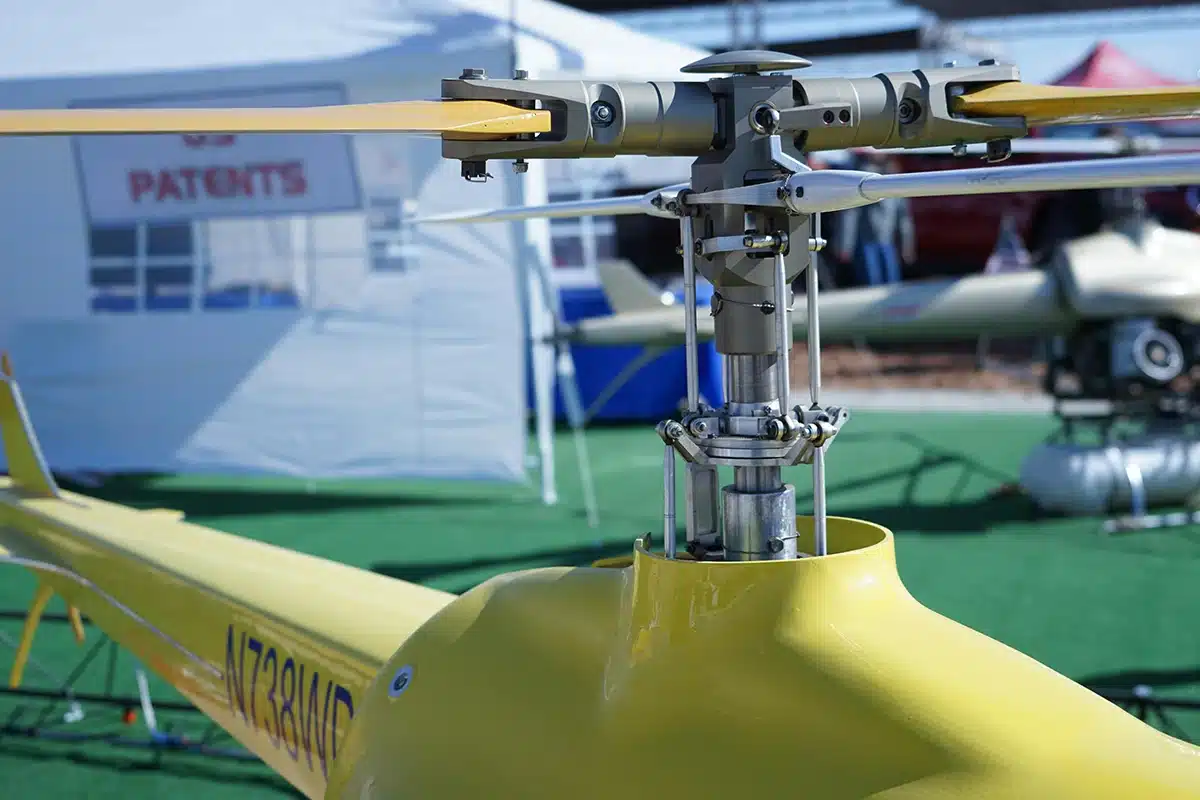If you’re an inventor, entrepreneur, creator, or consumer, you might have come across the term “patent pending” and wondered what it actually means. It’s a crucial concept for anyone looking to protect their intellectual property (IP) and is often used as early protection for products or processes. This article will explain the “patent pending” status in detail, with a particular focus on Australian patent law and how this status can impact creators, brands and competition.
What Is A Pending Patent?
The phrase “patent pending” refers to a patent application that has been filed with a patent office such as IP Australia (patent office names will vary internationally), but has not yet been granted. When a creator or inventor files a patent application, they may use the term “patent pending” to indicate that their patent application is under review. While the product or process isn’t yet fully protected, it’s officially recognised as having undergone the initial steps for patent protection.
IP Australia is a government agency that manages patents and other intellectual property rights. The patent application process in Australia involves several steps, including an initial filing date, examination by patent examiners, and a final decision on whether the patent will be granted.
How Long Does ‘Patent Pending’ Last In Australia?
The term “patent pending” can last for a significant amount of time, depending on how long the patent application process takes. In Australia, the length of time it takes for patent pending status depends on the type of patent application filed.
- Provisional Patent Application: A provisional application is an early-stage application that allows the applicant to claim a priority date for their invention. It doesn’t require a formal examination, but it does give the inventor 12 months to file a non-provisional patent application (also called a full application). During this period, the invention is considered “patent pending.”
- Non-Provisional Patent Application: A non-provisional application is the complete version of the application, which must include a detailed description of the invention and claims about the invention’s novelty and functionality. Once filed, the patent application enters the examination stage and can remain ‘pending’ until a granted patent is issued. This process can take several years, depending on the complexity of the application and any delays in the review process.
In general, patent pending status lasts until a patent is granted or until when the patent application is abandoned or rejected. If your application is rejected or withdrawn, the status of the application ends, and the product is no longer “patent pending.”
What Does Patent Pending Mean To Creators?
For inventors and creators, having patent pending status means that they have initiated the patent application process but do not yet have the full legal protection of a granted patent. However, it still offers some important benefits:
- Warning to Potential Competitors: Using the patent pending designation on products or marketing materials sends a clear message to potential competitors that the inventor is seeking protection for their invention. While not legally enforceable like a granted patent, it may deter potential infringers from copying the idea while the patent application is under review.
- Exclusive Rights (Once Granted): Once the patent is granted, the inventor will have exclusive rights to the invention for a set period (typically 20 years for utility patent applications in Australia). This means that no one else can make, use, or sell the patented invention without the inventor’s permission.
- Increased Marketability: The phrase ‘patent pending’ can sometimes increase the perceived value of the product or process. It shows that the inventor is taking steps to protect their intellectual property, which may make the product more appealing to investors, partners, or customers.
What Does Patent Pending Mean For Brands In Competition?
For businesses or brands, ‘patent pending’ can be both an opportunity and a risk:
- Infringement Risk: When a competitor files a patent application, particularly for a similar product or process, it can create uncertainty about the intellectual property landscape. Competitors may feel the need to adapt or change their products to avoid patent infringement claims.
- Opportunity for Innovation: A patent pending product can serve as a competitive advantage. Brands can use the patent application as leverage to promote their innovation and distinguish their product in the market.
- Strategic Considerations: Companies with similar pending applications must monitor other patent applications and track the status of competitors’ innovations. They may also consider taking legal action if they believe that an invention violates their existing patent rights.

The Global Picture: Patent Pending Outside Australia
The concept of patent pending is not exclusive to Australia. In other countries, including the United States and European Union member states, patent pending also signifies that a patent application has been filed but has not yet been granted. However, the patent application process and laws can vary significantly from one jurisdiction to another.
For instance, in the United States, applicants can file a utility patent application and use the patent pending label once the patent office confirms the filing date. Similarly, in other countries, the patent office will grant the priority date, which may be crucial for claiming protection for patented products in international markets.
One significant difference is the role of the trademark office in some countries, where patents and trademarks are managed separately. In Australia, both patents and trademarks are handled by IP Australia, but in other countries, the process might involve different agencies or offices. If you are seeking patent protection in more than one country or region, you will need to have a pending patent application in every region where you wish to protect your intellectual property. This can be done with the assistance of a skilled Patent Attorney, who can assist you with a full patent application in a single country or across multiple regions.
Moving From Pending To Granted Patent
Once the patent application has been reviewed by patent examiners, the patent office will either grant the patent or issue a notice explaining why the application was rejected. If the application is successful, it moves from the pending application status to a granted patent. The patent holder then gains full patent protection for their invention, which includes the right to take legal action against potential infringers.
If the patent application is not granted, the inventor can either modify the claims and file again or abandon the application altogether. A Patent Attorney can assist you in filing again.
Why Patent Pending Matters
In summary, the term patent pending signifies that an inventor or applicant has filed for a patent but hasn’t yet received full patent protection. While it doesn’t grant the same legal rights as a granted patent, it’s an important part of the patent application process that signals an inventor’s intention to protect their invention. For creators, brands, and competitors, the patent pending designation can have significant implications for innovation, market competition, and potential legal action for infringement.
Whether you need a patent in Australia or abroad, it’s important to understand the patent application process and how patent pending status can affect your business and intellectual property.
If you are still wondering how a patent pending status affects your invention and what its limits and protections are, consult with our team at Actuate IP to help ensure that your invention is properly protected.
